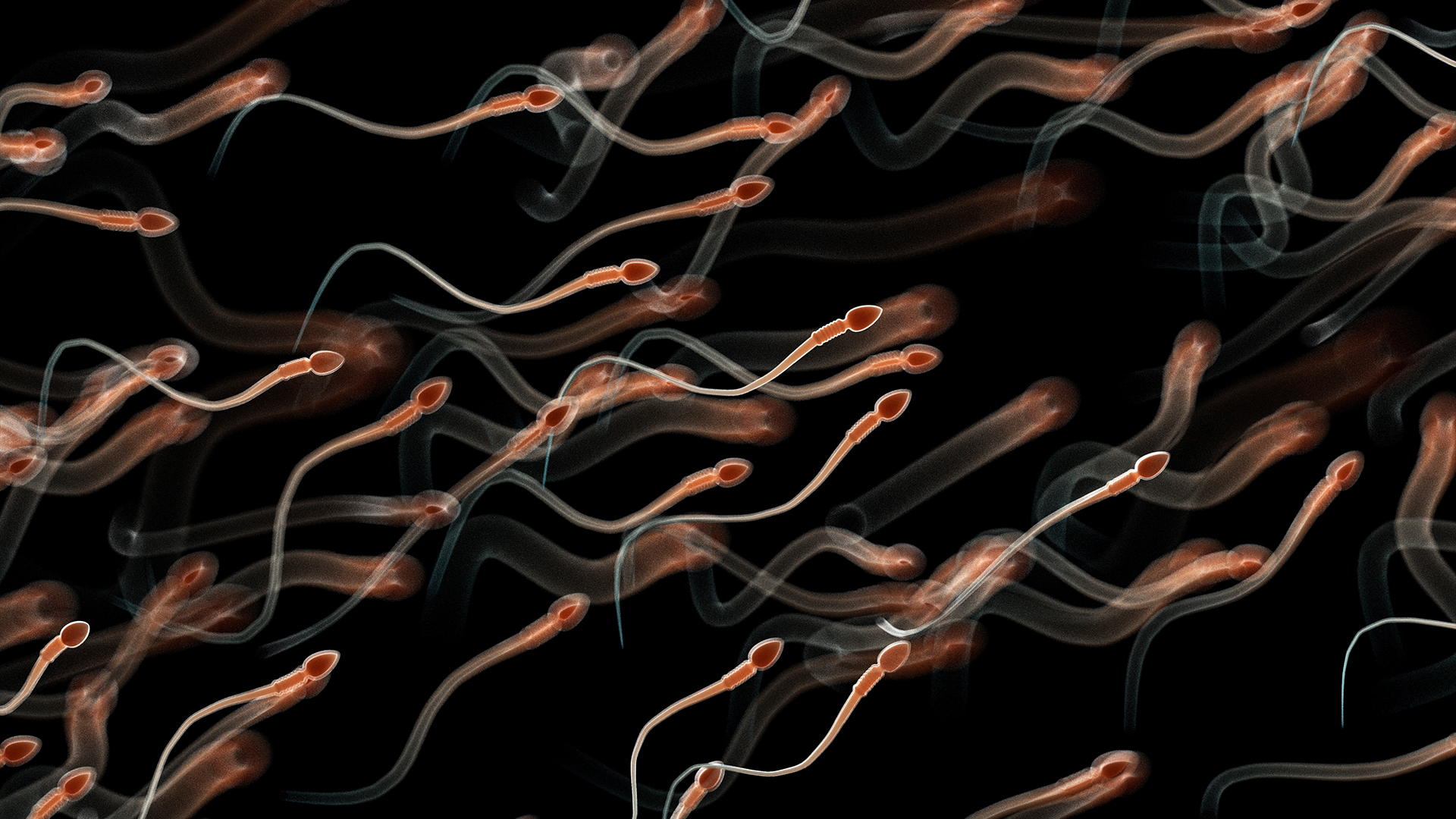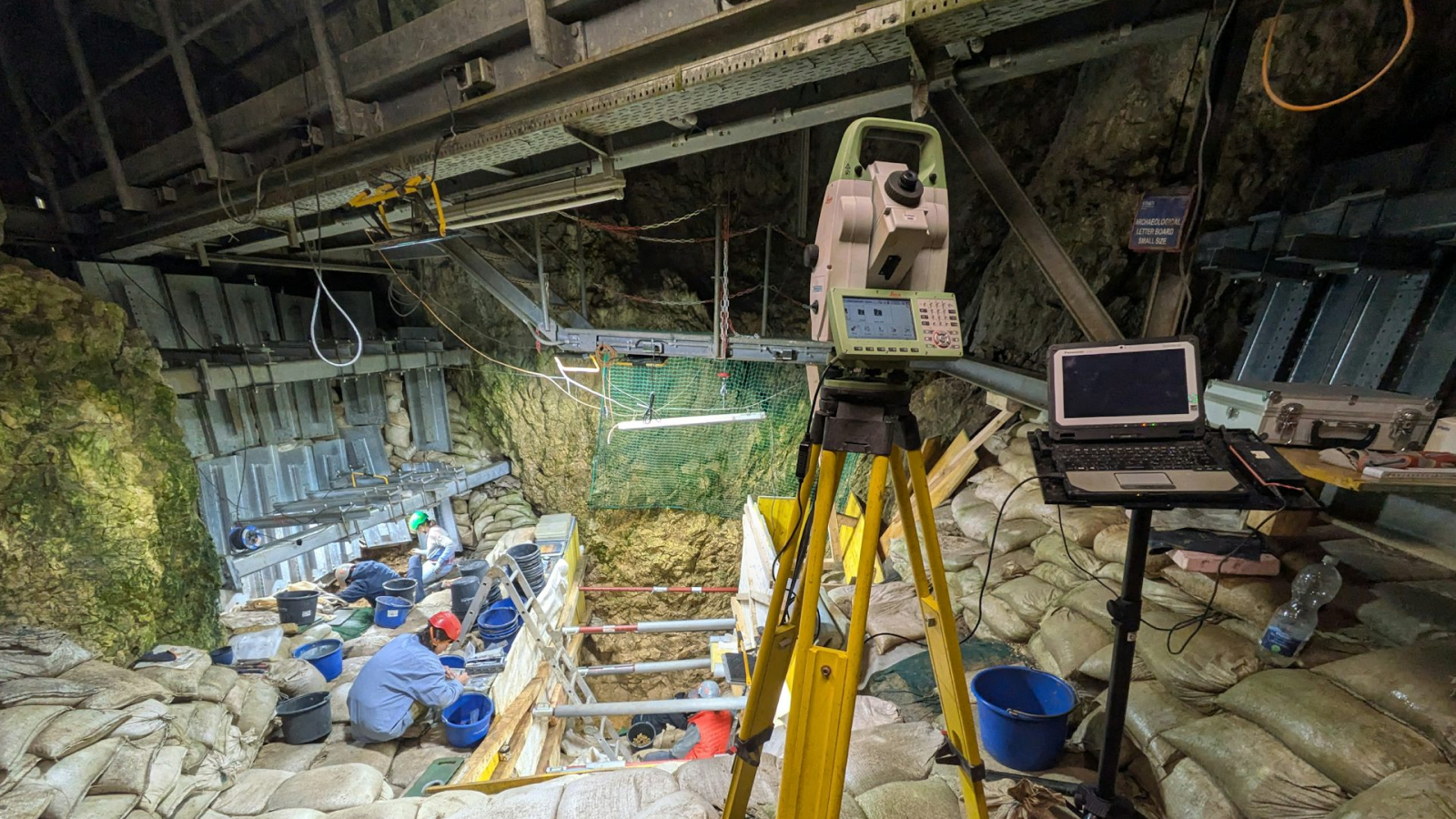Scientists decode 'LEGO protein' that makes sperm swim
Scientists have decoded a protein from sea-urchin sperm that's also found in other animals, including humans, raising a new potential avenue for treating male infertility and developing male birth control.

For the first time, researchers have unraveled the structure of a protein that enables sperm to swim.
The protein sits in the cell membrane of sperm and helps transport positively charged sodium and hydrogen ions in and out of the cell. This is an important role for regulating the cell's pH, salt content and volume, helping keep it alive and healthy.
"We know that this protein is essential for sperm motility and thus male fertility, from studies ranging from sea urchin up to mouse and human," Christina Paulino, a structural biologist at Heidelberg University Biochemistry Center in Germany, told Live Science.
However, the protein functions differently in different animals, previous research has shown. Paulino conducted most of the new research while at the University of Groningen in the Netherlands, focusing on the protein in sea urchins. The data on these marine critters won't directly translate into drug development for human fertility or birth control. But the research could point to how sperm borrows tricks from other cells to build its own unique proteins.
The study was published Wednesday (Oct. 25) in the journal Nature.
Related: Why do some animals have sperm 20 times the length of their bodies?
The protein, called SLC9C1, has a weird mix-and-match structure, a 2018 paper revealed.
Get the world’s most fascinating discoveries delivered straight to your inbox.
"It combines mechanistic 'skills' not seen before," Paulino said. The protein consists of a segment that senses the voltage across a cell's membrane, a segment that responds to tiny molecular messengers called cyclic AMP, and a component that does the actual ion exchange. The structure is a bit like a LEGO creation, Paulino said: The different parts are known from other proteins but haven't been seen in this combination.
Paulino and her team used a technique called cryo-electron microscopy to study the protein. In this technique, samples are cooled to below minus 243.4 degrees Fahrenheit (minus 153 degrees Celsius), and a beam of electrons passes through them to make high-resolution images of the protein's complex twist and turns.
In sea urchins, the protein makes the interior of sperm cells more alkaline, meaning basic or less acidic, by swapping sodium ions and protons in and out of the cell, the team found. Changes in the voltage of the cell membrane trigger this transfer — a method never before seen in this particular type of membrane transport protein.
"This is remarkable, as the transporter has adopted or hijacked another building block usually only found in another class of membrane transporters, namely ion channels," Paulino said.
Researchers are interested in the possible role of SLC9C1 in male infertility, Paulino said. The fact that the protein is sperm-specific means it could be a target for male birth control, as any pharmaceutical that would disrupt the protein likely wouldn't affect other cells in the body.
However, there's a big leap between understanding the basic function of SLC9C1 in sea urchins and using that information to develop the elusive goal of pharmaceutical birth control for men, said Benjamin Kaupp, a biophysical chemist at the University of Bonn and the Max Planck Institute for Multidisciplinary Sciences who was not involved in the new study.
Recent work published in the journal Nature Communications by Kaupp and his team found that — unlike in sea urchin cells — human SLC9C1 is not triggered into action by the voltage of the cell membrane. It's not clear what controls the human version of the protein, or even if the human version transfers sodium ions and protons, as the sea urchin protein does.
"The question that is now unsolved is what is this molecule doing in mammalian sperm in general, or in human sperm in particular," Kaupp told Live Science. "Is it a sodium proton exchanger? Or does it transport something else? And if it's a sodium proton exchanger, what is its difference to the sea urchin?"

Stephanie Pappas is a contributing writer for Live Science, covering topics ranging from geoscience to archaeology to the human brain and behavior. She was previously a senior writer for Live Science but is now a freelancer based in Denver, Colorado, and regularly contributes to Scientific American and The Monitor, the monthly magazine of the American Psychological Association. Stephanie received a bachelor's degree in psychology from the University of South Carolina and a graduate certificate in science communication from the University of California, Santa Cruz.


